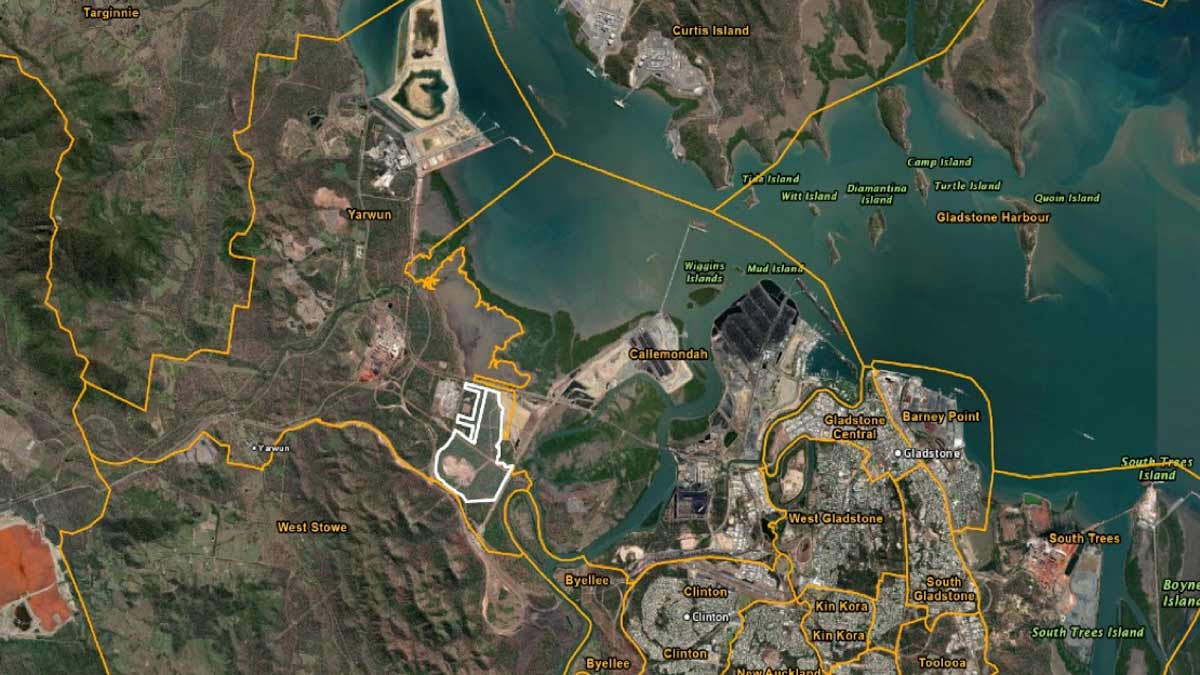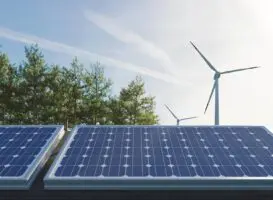Queensland government-owned network company Powerlink has launched a “SuperGrid” training centre in Gladstone, cementing the coastal city as a pillar of the state’s renewable energy transition.
The SuperGrid Training Centre and Transmission Hub was launched at its interim location in Gladstone on Tuesday, with construction of a permanent facility slated for 2024.
More than 90 jobs are expected to be based at the facility over the next 10 years, while 500 energy workers a year will be upskilled in a range of areas, including high voltage technical training.
“Building the SuperGrid is key to unlocking 100,000 new jobs in energy generation, green hydrogen, critical minerals mining and battery manufacturing, so everything we see happening in this busy region is essentially driving the clean energy industrial revolution,” said Queensland energy minister Mick de Brenni on Tuesday.
“It’s facilities like these which bring the Queensland Energy and Jobs Plan to life, setting a clear path to deliver the clean, reliable and affordable energy of the future while delivering on our renewable energy targets.”
Gladstone, which sits in the Central Queensland Renewable Energy Zone, is considered a prime location for green industrial growth.
Just last week plans to develop a massive renewable hydrogen production and export hub in the Gladstone region secured a new injection of funds and a new consortium partner signed up to investigate building a green ammonia plant.
The Central Queensland Hydrogen Project (CQ-H2), which promises to produce 800 tonnes a day of green hydrogen by the early 2030s, will now proceed to front end engineering design backed by a new $117 million investment.
For Powerlink, CEO Paul Simshauser says the new hub will give the transmission network services provider a local presence in Gladstone and a base from which to engage with local communities.
“Powerlink is moving into this interim site while it finalises the acquisition of a suitable permanent site in Gladstone, with construction expected to commence in 2024.”
“The hub will also see improved emergency response times, logistics management and utilisation of regional ports to reduce road haulage,” he said.










